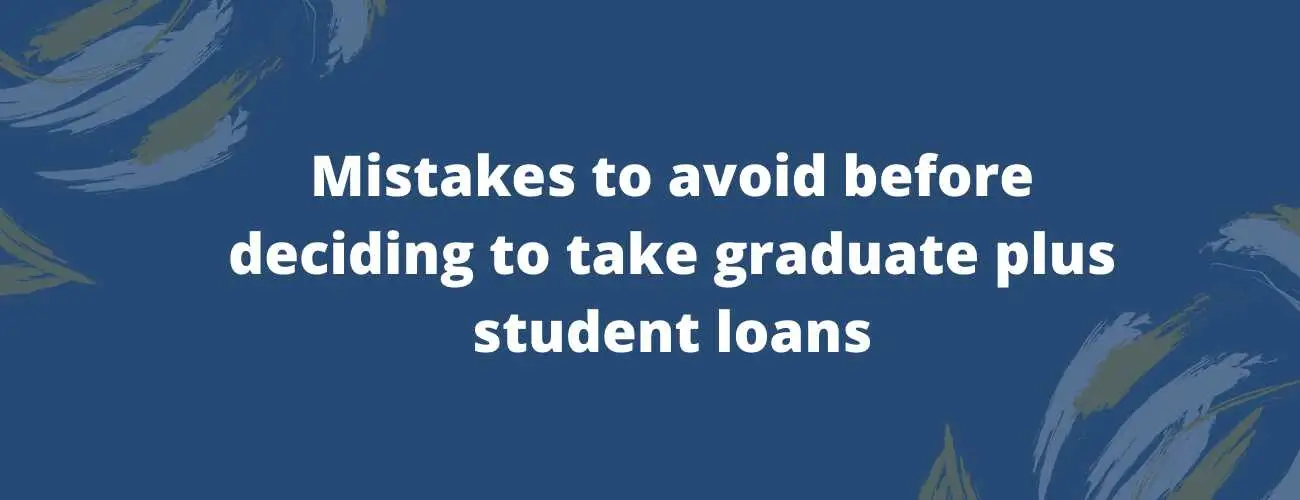Borrowing Limits for Federal and Private Student Loans
It is important to know the limit to the amount one can borrow. In this article, we have discussed the amount limit to which Federal and Private student loans can be borrowed
Updated by Chinmoy Dutta on 16th July 2020
What could be the maximum possible amount of student loan on could borrow? Well, it cannot be answered in some simple figures. To understand the maximum possible limit, we have to discuss for federal and private student loans separately. These two major types of student loans have different rules and a number of exceptions and rules exist for different types of loans.
The discussion is done on the basis of borrower preferences. The most preferred loans are discussed first. The main aim of the article is to discover the maximum amount of loan that can be borrowed for different types of loans. It does not mean one should borrow the maximum amount available to them. One should smartly select the amount one needs to borrow otherwise debt repayment can become very tough.
Table of Contents
- Subsidized Student Loan Borrowing Limits
- Unsubsidized Loan Borrowing Limits
- PLUS Loan Borrowing Limits
- What is ‘Estimated Cost of Attendance’?
- Private Student Loan Borrowing Limits
- What if you need to borrow more?
- Concluding Thoughts
Subsidized Student Loan Borrowing Limits
Federal Subsidized Loans are considered to be the best student loans that can be borrowed by an individual. These loans contain all the perks of standard federal loans with the added benefit of the government paying the interest that accumulates during school.
To qualify for subsidized student loans requires filling the FAFSA. The students also need to demonstrate financial need in order to qualify for subsidized loans and are not available to graduate students.
|
Year |
Maximum Amount |
|
First-Year Undergraduate |
$3,500 |
|
Second-Year Undergraduate |
$4,500 |
|
Third Year and Beyond |
$5,500 |
|
Total Amount allowed |
$23,000 |
Unsubsidized Loan Borrowing Limits
Any student who completes the FAFSA is eligible for Unsubsidized Student Loans, despite the financial need. An important limitation that borrowers need to keep in mind is that the borrowed amount and other financial aid cannot exceed the total Estimated Cost of Attendance.
The limits on borrowing are higher for students that are independent. For this calculation, all graduate students are considered to be independent. The table summarises the details regarding the amount that can be borrowed by a student. The graduate borrowing limit includes the combined undergraduate and graduate school loans.
|
Year |
Dependent Students |
Independent Students |
|
First-Year Undergraduate |
$5,500 |
$9,500 |
|
Second-Year Undergraduate |
$6,500 |
$10,500 |
|
Third Year and Beyond |
$7,500 |
$12,500 |
|
Graduate Students |
NA |
$20,500 |
|
Total Amount allowed |
$31,000 |
$57,000 for undergraduates ($138,500 for graduate students) |
PLUS Loan Borrowing Limits
Students who need a large amount of money for their education can consider PLUS Loans. They are meant for borrowers whose requirements are beyond subsidized and unsubsidized loans. PLUS Loans are issued by the federal government and hence consists of perks similar to the federal subsidized and unsubsidized loans. But these loans have higher interest rates, origination fees, etc. Borrowers looking for PLUS loans must pass a minimum credit check and should not have an adverse credit history. For undergraduate students, PLUS loans are issued in the name of their parents. Graduate students must take PLUS Loans under their own name.
The amount that can be borrowed from PLUS loans has no hard-limit set as compared to other federal student loans. Borrowers are allowed to borrow up to the Estimated Cost of Attendance after removing other financial assistance received. The idea is to allow borrowers to borrow as much amount necessary to attend school, nothing more or less than that. Students are allowed to borrow as much money as required while they are in school.
What is ‘Estimated Cost of Attendance’?
The Estimated Cost of Attendance is a figure generated by college every year. It is a rather generous amount that overstates how much will it cost to attend school. However, people say that the Estimated Cost of Attendance understates the true cost of attending school.
The Estimated Cost of Attendance consists of the following:
-
Tuition and Fees
-
Room Cost and boarding charges
-
Cost of book, supplies, transportation
-
Child care allowance
-
Disability costs
-
Reasonable costs for eligible study-abroad programs
Federal Student Loans Guide helps you understand the various key factors before you make any decision regarding your student loans. The application process and eligibility criteria can save a good deal of your time. Knowing the types of suitable loan can help you take advantage of the relief program each offers you in times of crisis. Choosing the right repayment options will help you make an informed decision to manage your expenses in the future.
Worried about your College Tuition? Find the best student loans suited for you.
Private Student Loan Borrowing Limits
Private student loan lenders demand a credit check as soon as you want to borrow a student loan from them. Students also struggle to get approval as most of them cannot find a co-signer. The co-signer is required to have a good credit score and debt-to-income ratio.
Similar to Federal PLUS Loans, the limit per annum is the Estimated Cost of Attendance minus other financial aids. The office of Financial Aid has to make sure that the combined scholarships, grants, and student loans borrowed amount stays under the yearly Estimated Cost of Attendance. Also, private student loan lenders impose a lifetime borrowing limit, which is around $120,000. It varies from one lender to another.
What if you need to borrow more?
It becomes challenging for students to borrow more money beyond the yearly Estimated Cost of Attendance. Since the amount of money that a student can borrow via student loans is limited by the Estimated Cost of Attendance, students who need more money will have to take personal loans. The personal loans are unsecured and flexible as they allow borrowers to pay credit card debt, buy a house, or for other purposes. However, interest rates are often higher on personal loans than they are for student loans. Personal Loans from SoFi or LendKey are normally less expensive.
Conclusion
It is not a good idea to pile up loans and drown oneself in debts. It is always advised to opt for smart borrowing and borrow only when it is the utmost necessity. The borrowing limits are a fact that need to be known but should not be crossed unless it is extremely necessary. A student loan needs a lot of time to repay back if one does not get a good enough job. The burden of student loan repayment can be reduced by making smart choices, starting with borrowing the amount of money you actually require and not the amount you can borrow.
| Minumum Credit Score | Apply in as little as | Variable APR | Fixed APR | ||
|---|---|---|---|---|---|
 | Not Available | 15 minutes or less | 2.95 | 4.74 | View disclosures |
 | 620 | 2 minutes | 5.38%-16.99%1 | 4.43%-16.99%1 | View disclosures |
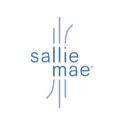 | Not Available | 15 minutes | 1.13% - 11.23%¹ (with autopay) | 3.50% - 12.60%¹ (with autopay) | View disclosures |

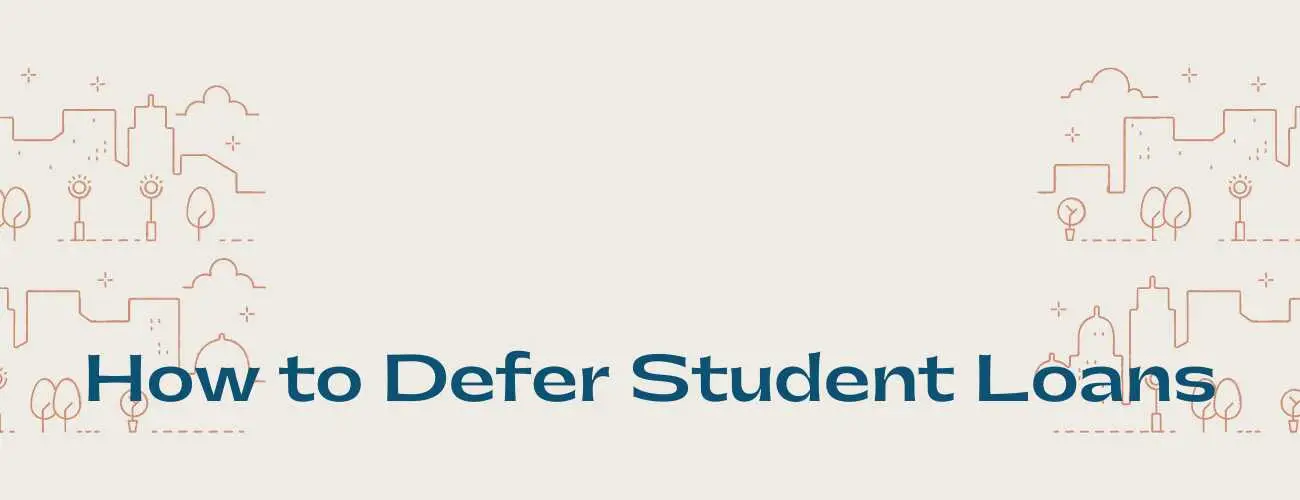
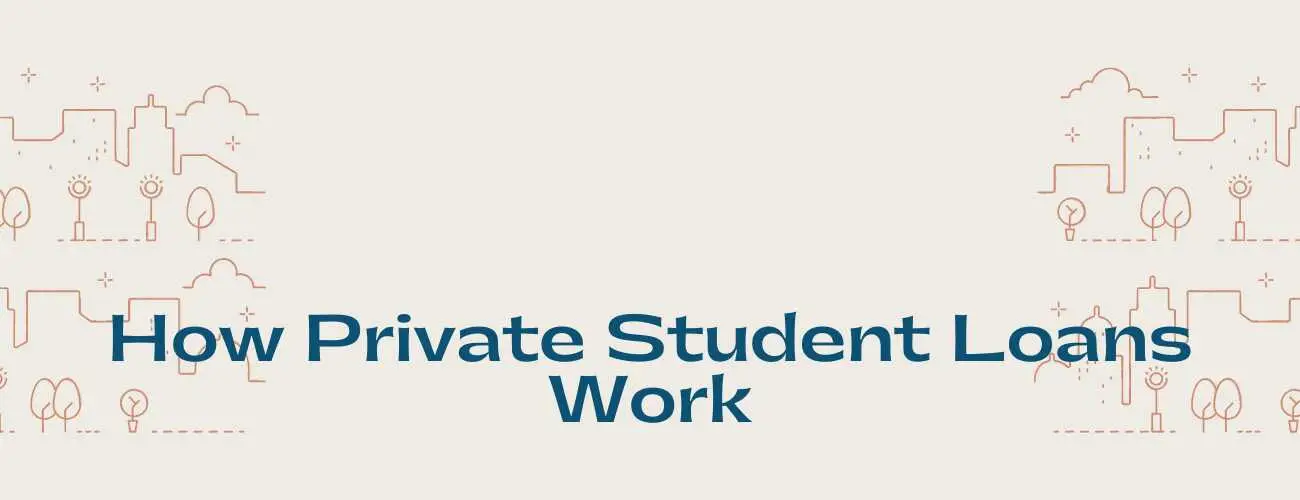
93.jpg)
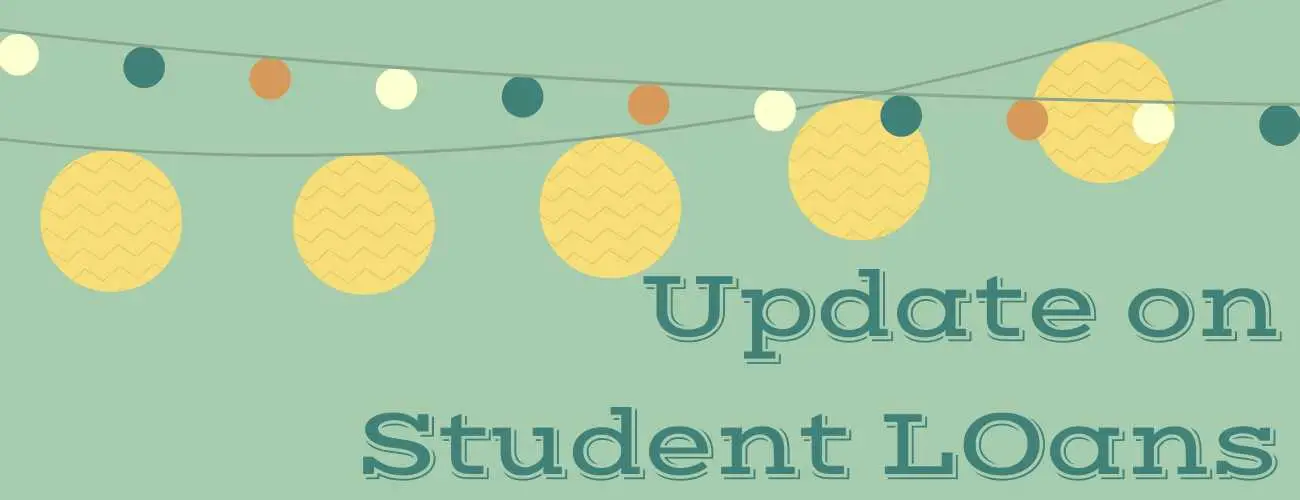

28.jpg)
